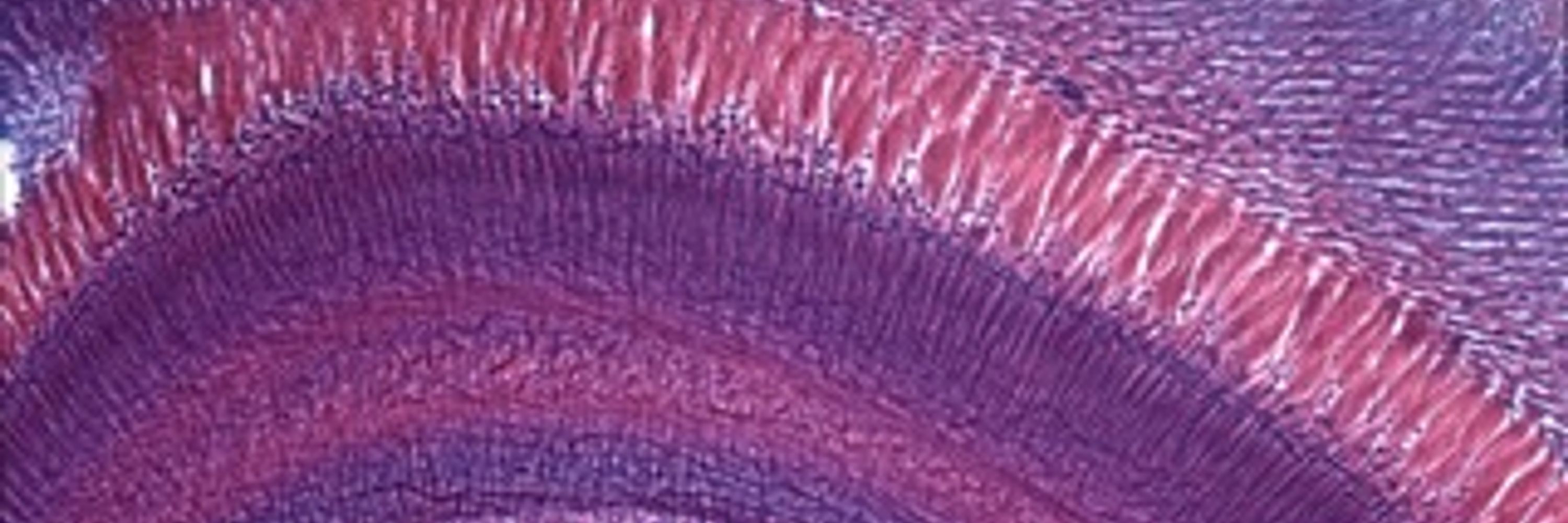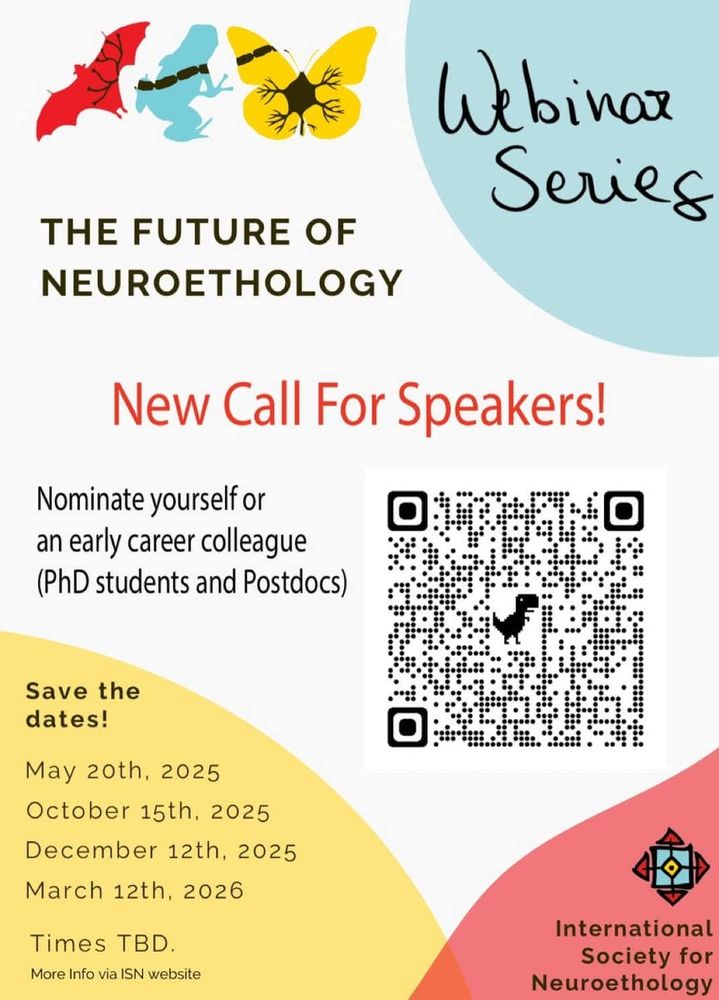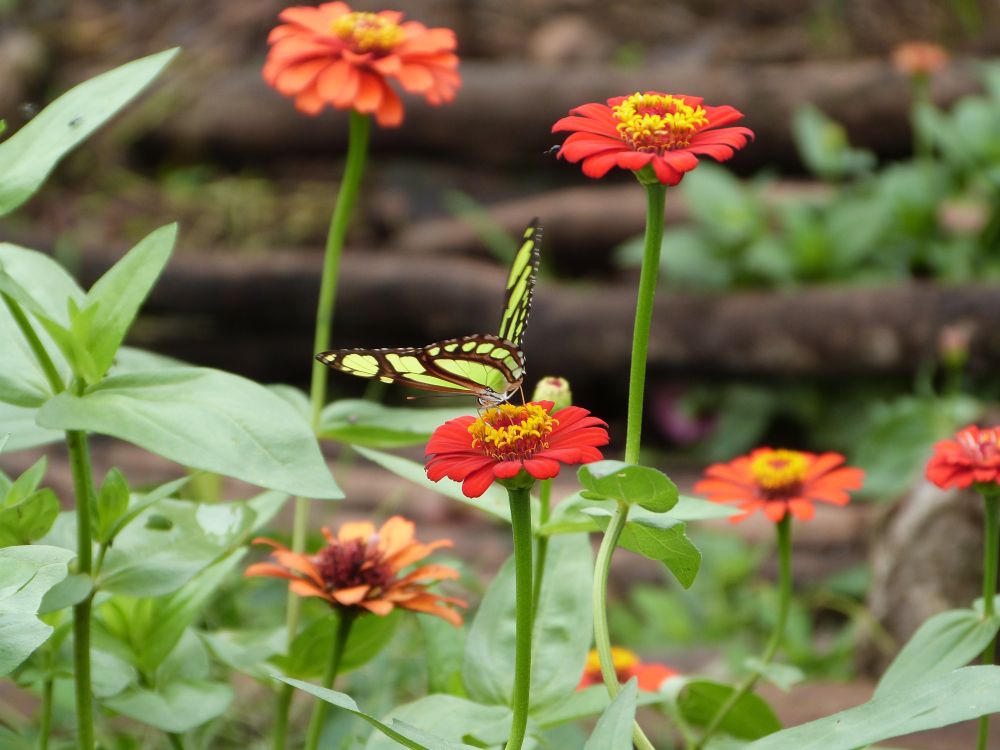International Society for Neuroethology
@neuroethology.org
900 followers
190 following
4.2K posts
Promoting the study of the neural bases of behavior.
Posts
Media
Videos
Starter Packs
Pinned
Reposted by International Society for Neuroethology
Reposted by International Society for Neuroethology
Reposted by International Society for Neuroethology
Reposted by International Society for Neuroethology
Reposted by International Society for Neuroethology
Reposted by International Society for Neuroethology
Reposted by International Society for Neuroethology
Reposted by International Society for Neuroethology
Reposted by International Society for Neuroethology
Reposted by International Society for Neuroethology
Reposted by International Society for Neuroethology
Reposted by International Society for Neuroethology
Reposted by International Society for Neuroethology
Reposted by International Society for Neuroethology
Reposted by International Society for Neuroethology
Reposted by International Society for Neuroethology
Reposted by International Society for Neuroethology
Reposted by International Society for Neuroethology
Reposted by International Society for Neuroethology


















